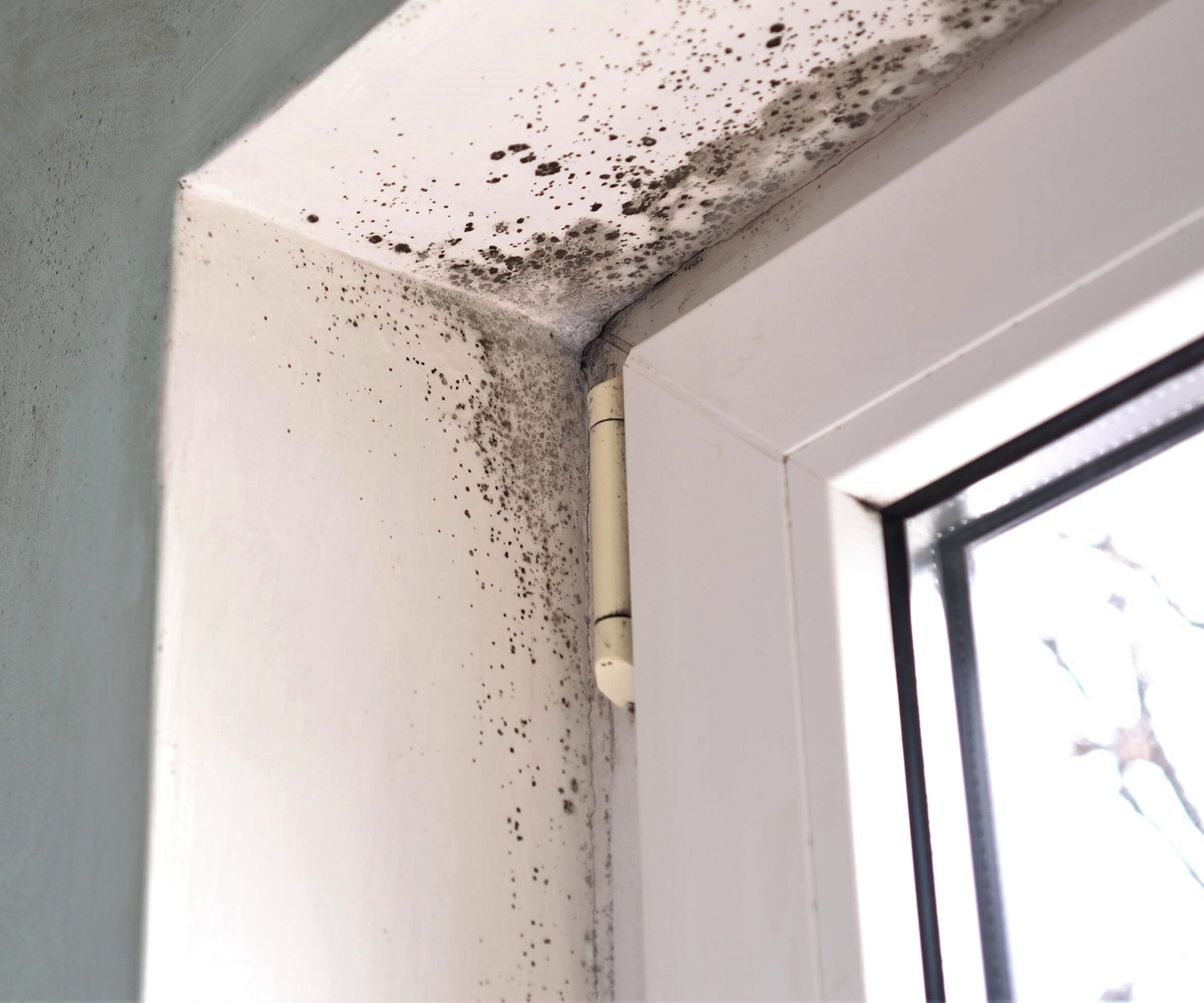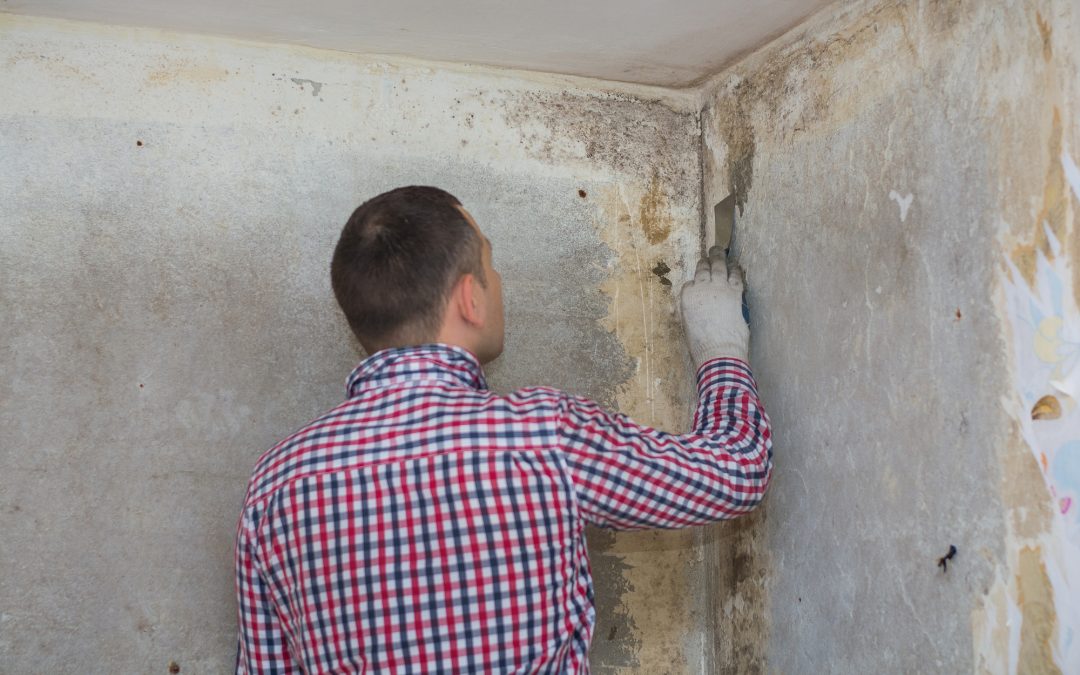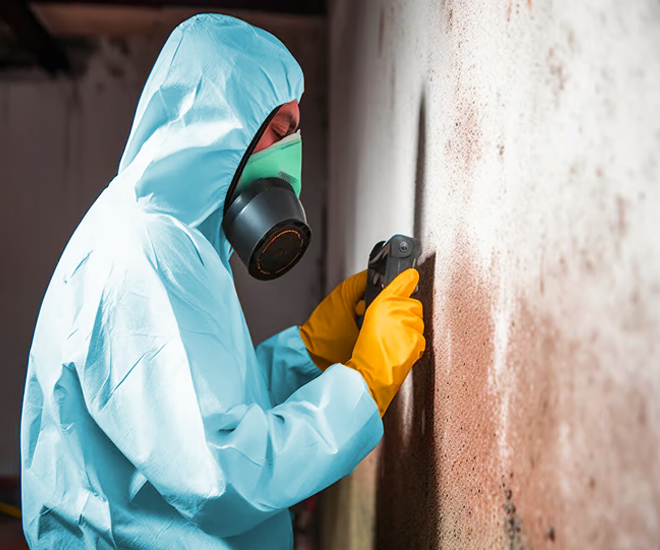Crafting a Comprehensive Post Mold Remediation Report
Crafting a Comprehensive Post Mold Remediation Report
Blog Article
Your Ultimate Overview to Article Mold And Mildew Removal Techniques
In the results of mold invasion, knowing just how to efficiently eliminate the mold and stop its reoccurrence is critical for keeping a healthy and balanced interior environment. From choosing the ideal cleansing and decontaminating techniques to applying techniques for long-term mold avoidance, each action in the remediation trip plays an important function in ensuring a successful end result.
Understanding Post-Mold Removal Process
After completing the mold removal procedure, it is important to comprehend the post-mold removal strategies that are essential to guarantee a detailed and reliable cleaning. As soon as the mold has been removed, the next step involves cleaning and sanitizing the affected areas to avoid any kind of regrowth of mold and mildew. This consists of utilizing specialized cleansing agents to wipe down surfaces and eliminate any remaining mold spores. It is necessary to dry the location entirely to prevent the growth of mold and mildew in the future (what to do after mold remediation). Appropriate air flow and dehumidification can aid in this procedure.
Moreover, performing a final examination post-remediation is vital to guarantee that all mold and mildew has actually been efficiently eradicated. If the examination discloses any type of sticking around mold and mildew, added remediation may be necessary.
Efficient Cleansing and Disinfecting Methods

Stopping Future Mold And Mildew Development

Significance of Proper Air Flow
Proper air flow plays an important function in preventing wetness buildup, a vital element in mold and mildew growth within interior atmospheres. Reliable ventilation systems aid eliminate excess moisture from the air, minimizing the chances of mold and mildew spores locating the wetness they require to spread and germinate. Without ample air flow, interior spaces can come to be a breeding ground for mold and mildew, leading to prospective wellness risks and architectural damage.
By guaranteeing correct air circulation, ventilation systems can additionally help in drying wet areas faster after water damage or flooding occurrences, further hindering mold growth. what to do after mold remediation. In spaces like restrooms, kitchen areas, attic rooms, and cellars where dampness degrees often tend to be higher, installing and maintaining effective ventilation systems is important in protecting against mold and mildew infestations

Surveillance and Upkeep Tips
Given the critical function that correct ventilation plays in protecting against mold development, it is imperative to develop efficient monitoring and upkeep tips to guarantee the continued functionality of air flow systems. Normal assessments of air flow systems should be carried out to examine for any type of signs of obstructions, leakages, or malfunctions that can impede appropriate airflow. Surveillance humidity degrees within the home is additionally important, as high moisture can contribute to mold and mildew development. Setting up a hygrometer can help track moisture levels and alert house owners to any type of spikes that may call for focus. Additionally, making certain that air filters are routinely cleansed or changed is important for maintaining the performance of the ventilation system. Executing a schedule for routine upkeep jobs, such as air duct cleaning and HVAC system evaluations, can aid prevent problems before they intensify. By remaining alert and aggressive to the problem of ventilation systems, homeowner can efficiently reduce the risk of mold and mildew regrowth and keep a healthy and read this balanced indoor atmosphere.
Verdict
To conclude, post-mold removal methods are vital for ensuring a clean and safe environment. Comprehending the process, applying reliable cleansing and sanitizing techniques, avoiding future mold development, preserving appropriate ventilation, and routine tracking are all critical action in the removal process. By adhering to these guidelines, you can efficiently remove mold and avoid its return, working or advertising a healthy and balanced living space for all passengers.
In the results of mold problem, knowing exactly how to effectively remove the mold and mildew and avoid its reoccurrence is extremely important for preserving a healthy interior environment. Once the mold has been eliminated, the following step entails cleaning and disinfecting the influenced areas to stop any regrowth of mold and mildew - Post Mold remediation cleaning. After eliminating noticeable mold development, it is important to clean up all surface areas in the afflicted location to eliminate any kind of continuing to be mold and mildew spores. To even more boost mold and mildew prevention steps, it is vital to attend her response to underlying issues that at first led to mold development.Given the critical function that appropriate air flow plays in stopping mold and mildew development, it is necessary to develop reliable tracking and upkeep tips to ensure the continued functionality of air flow systems
Report this page